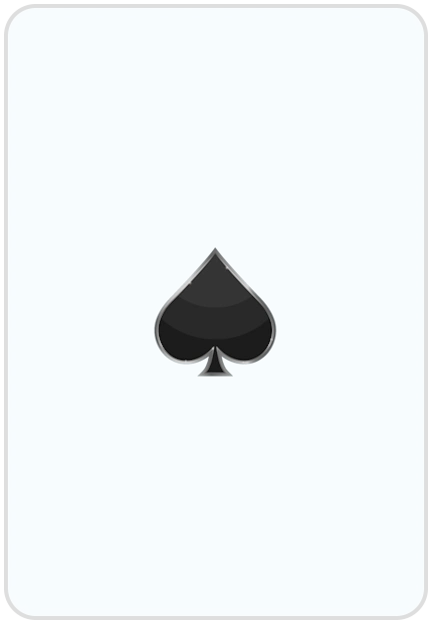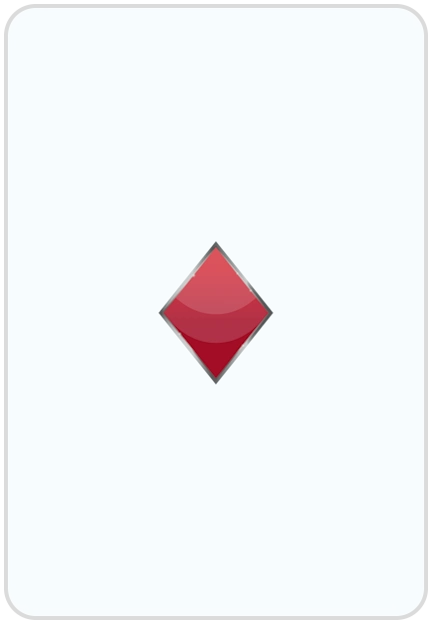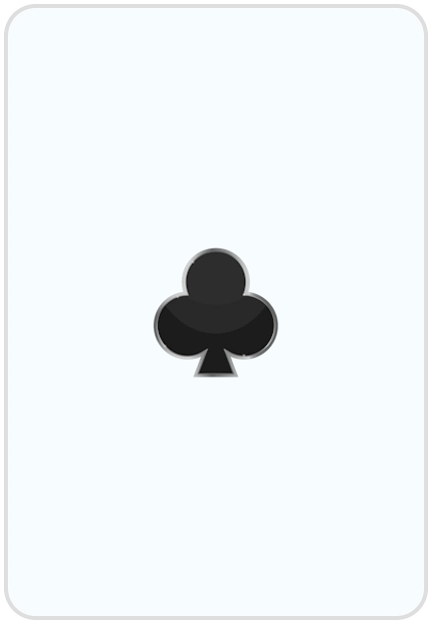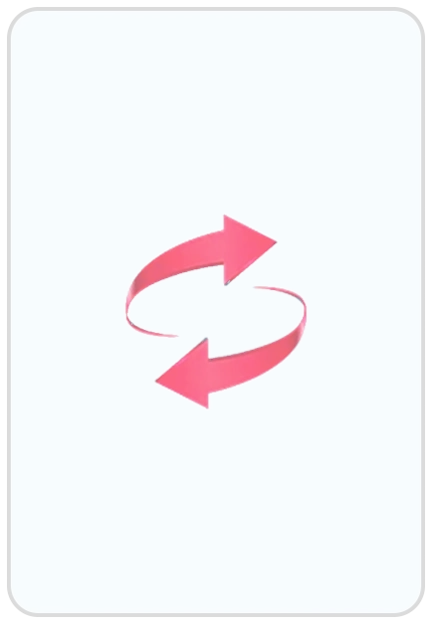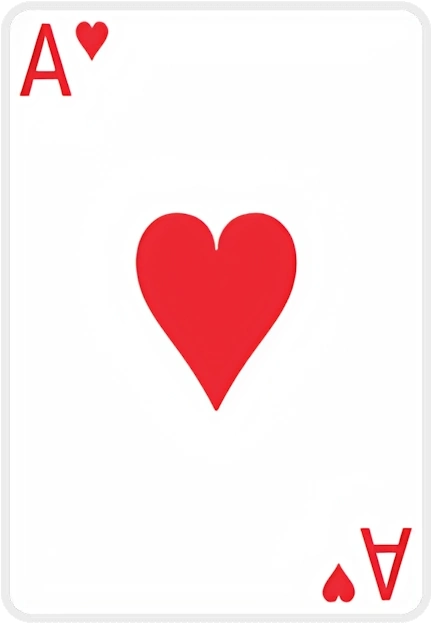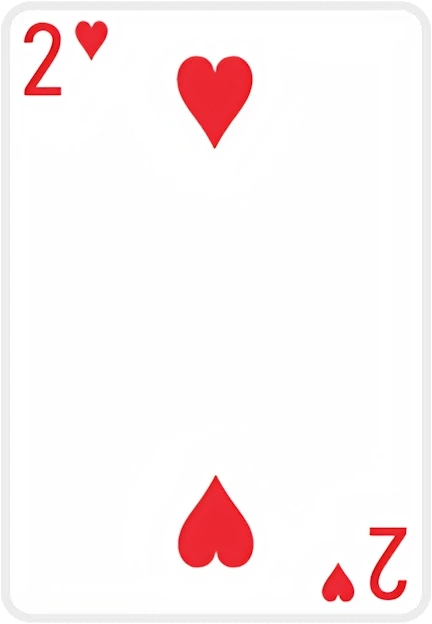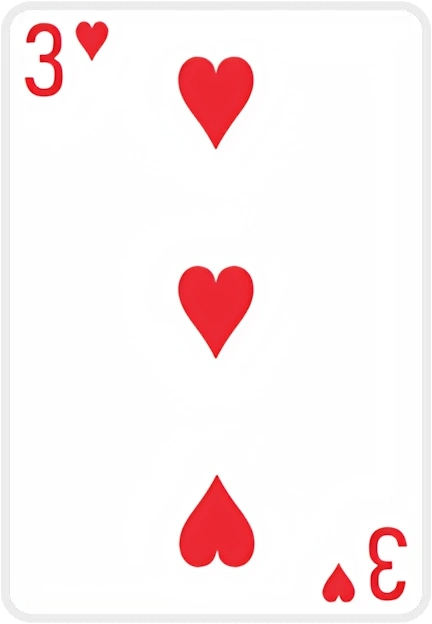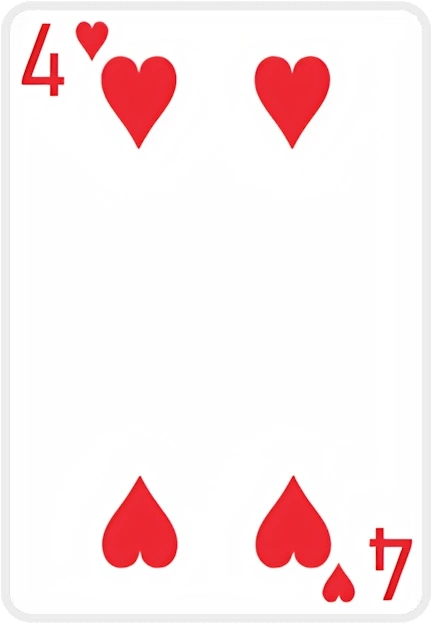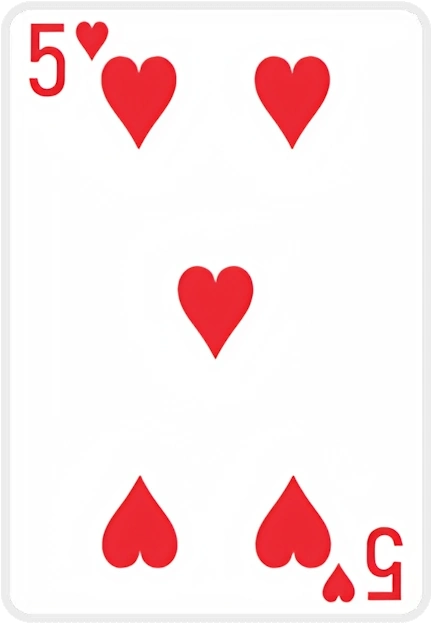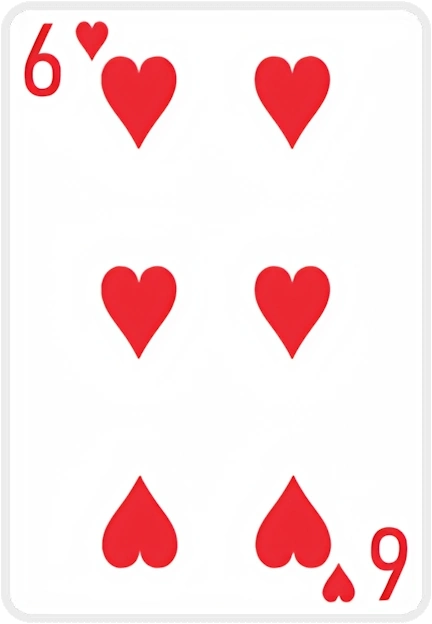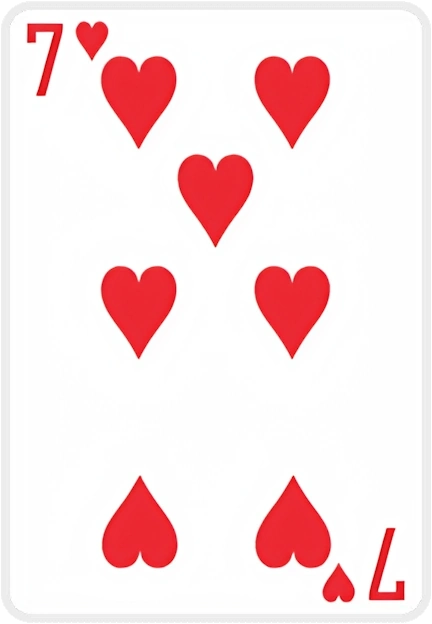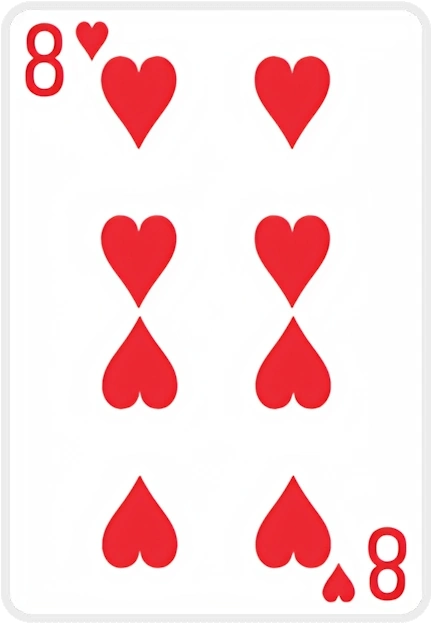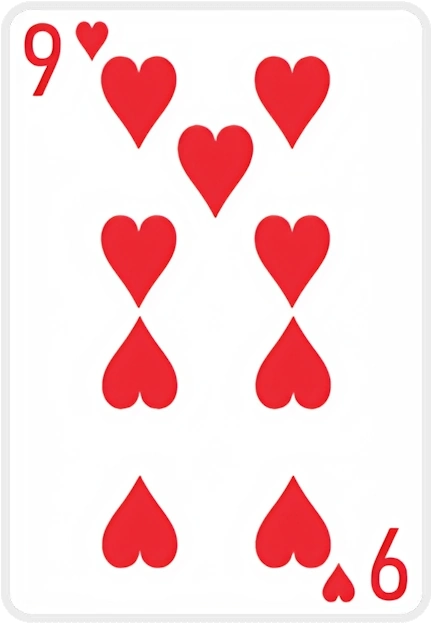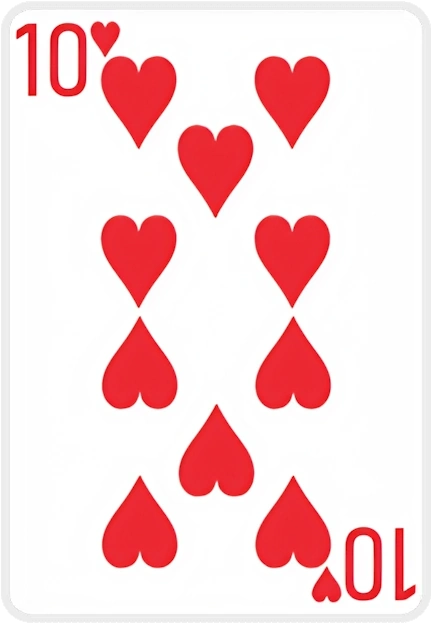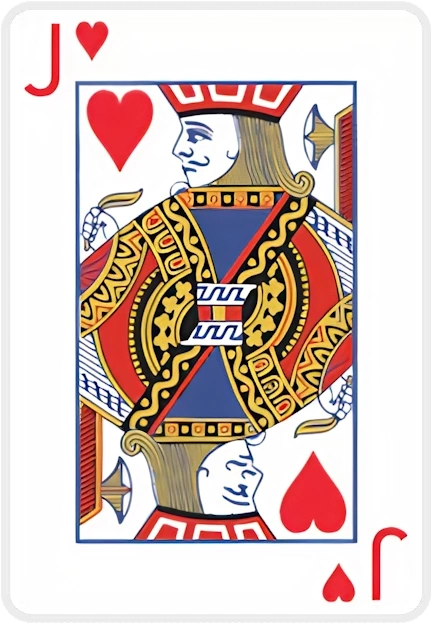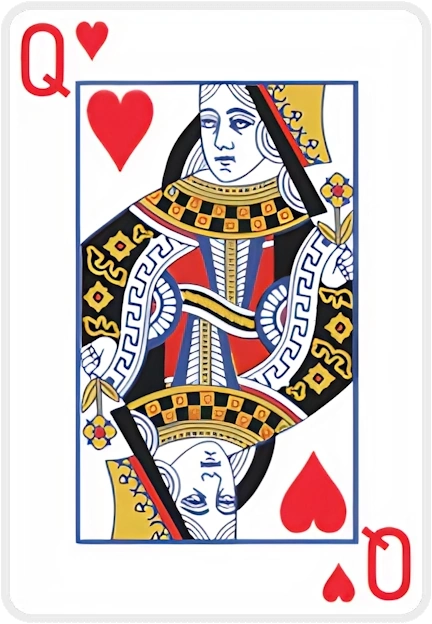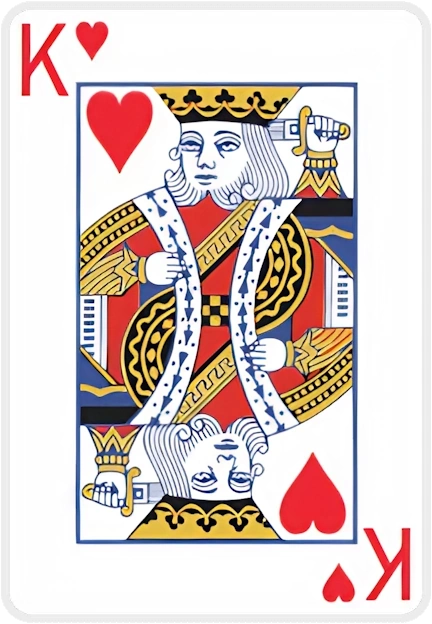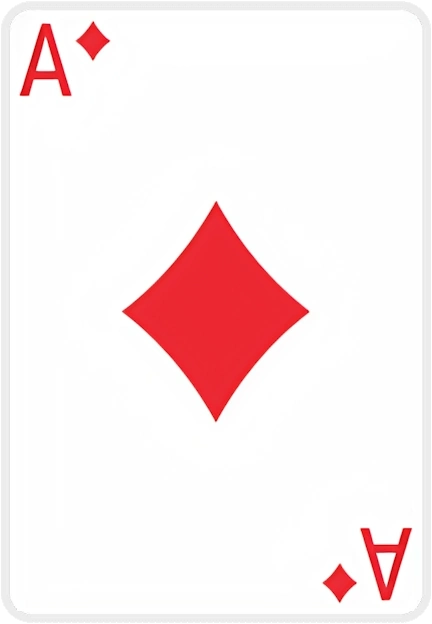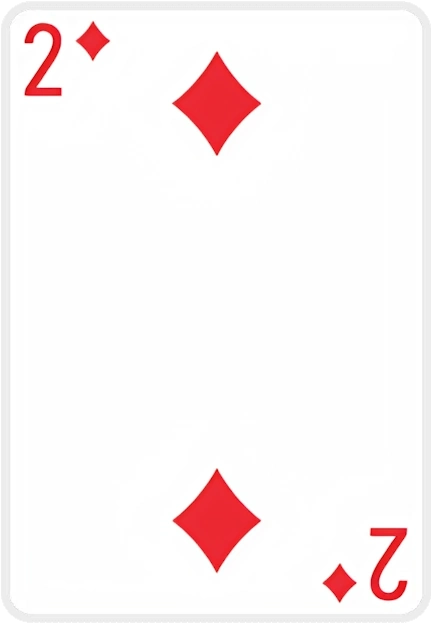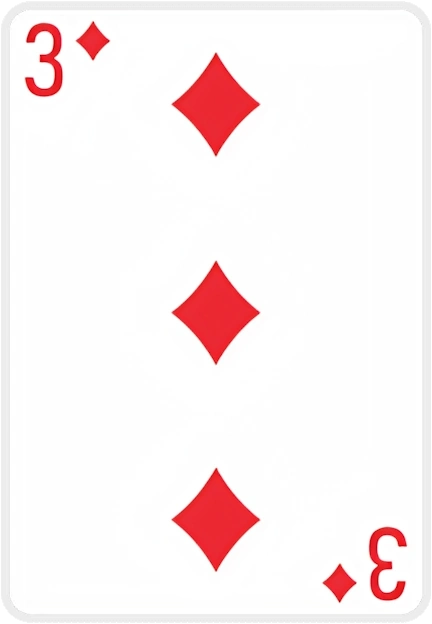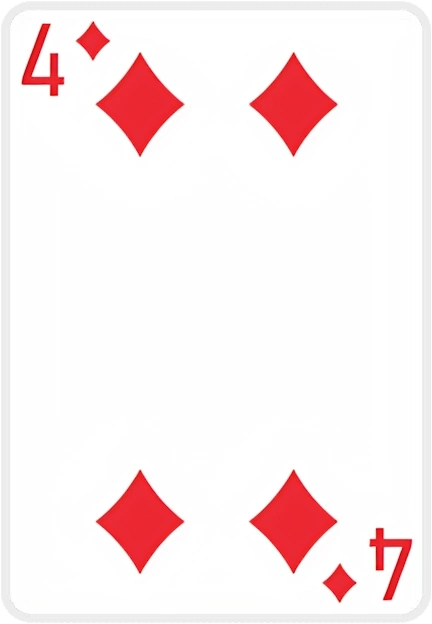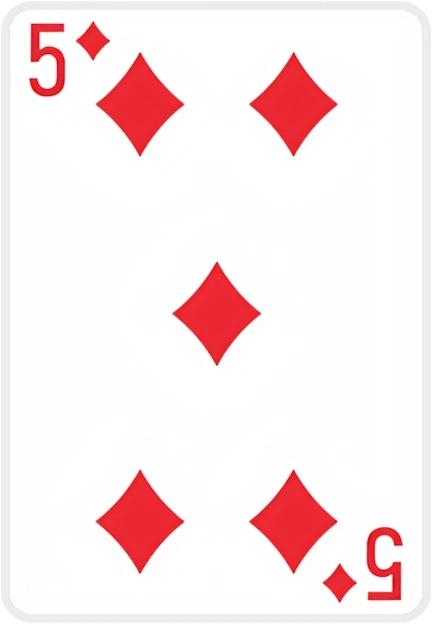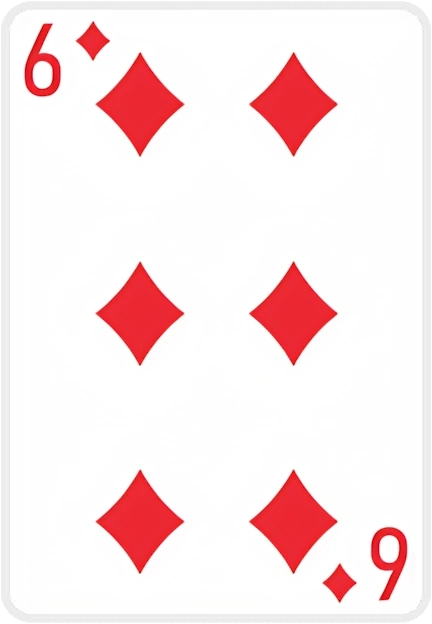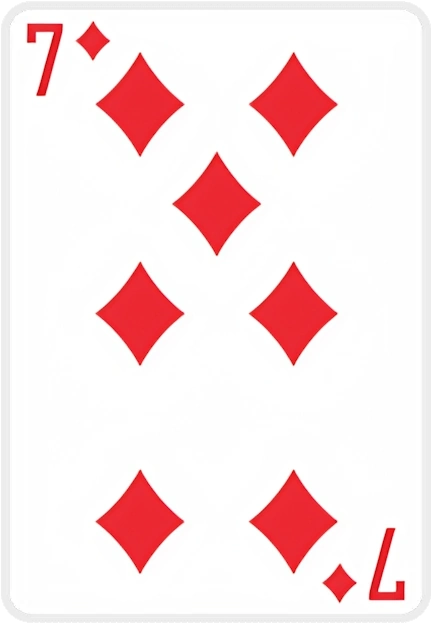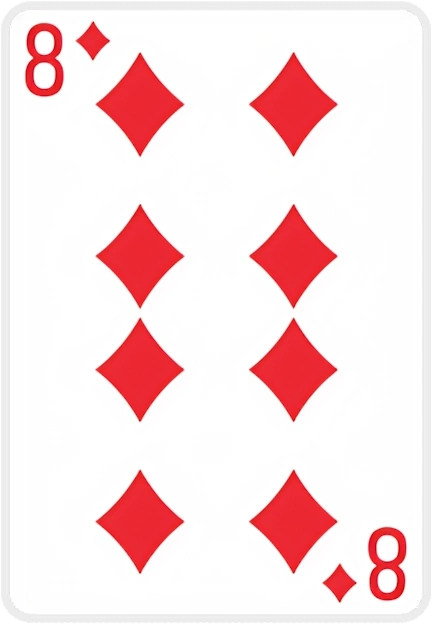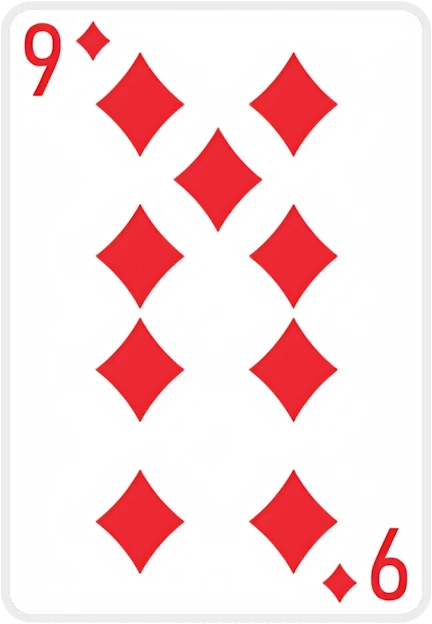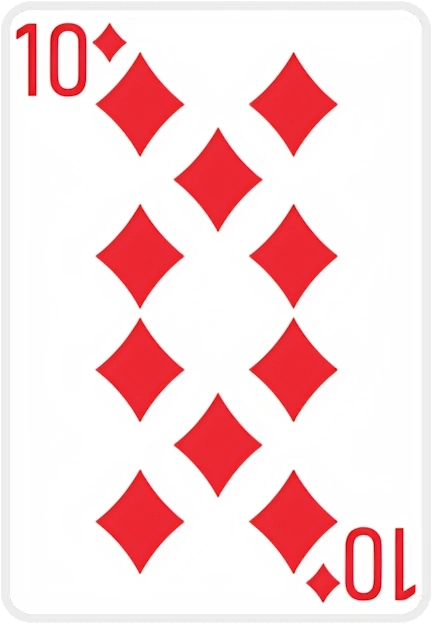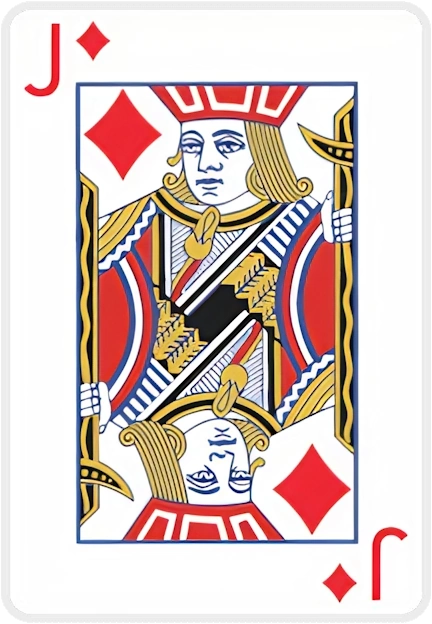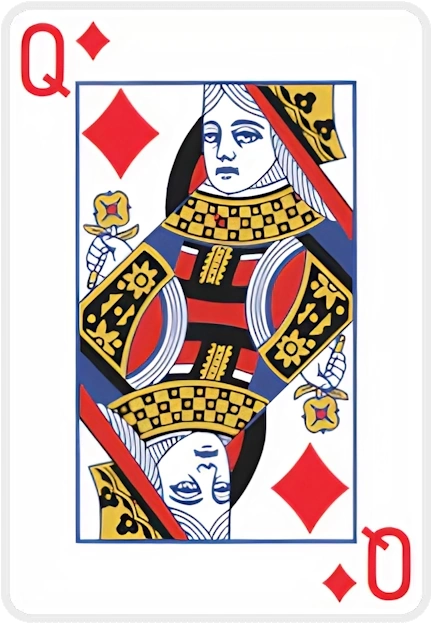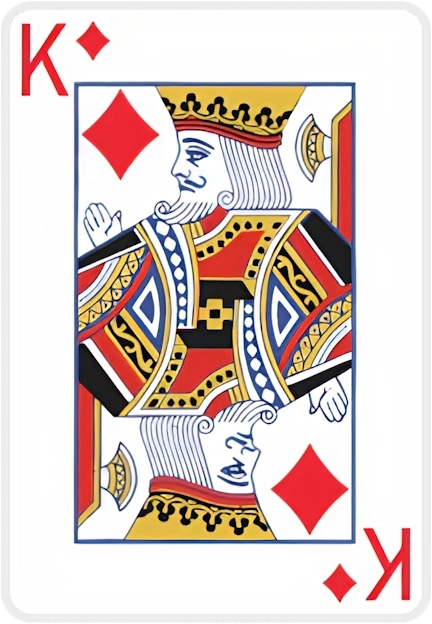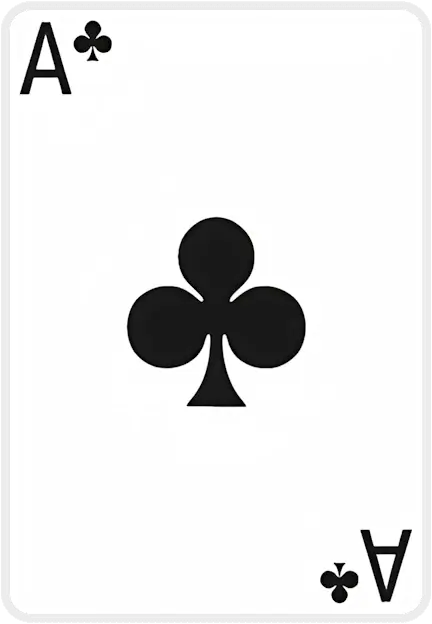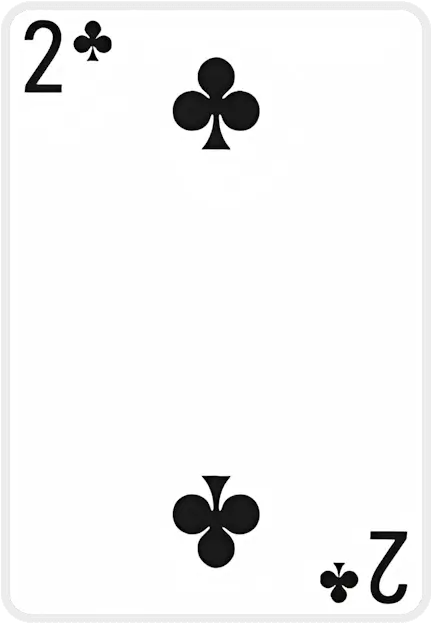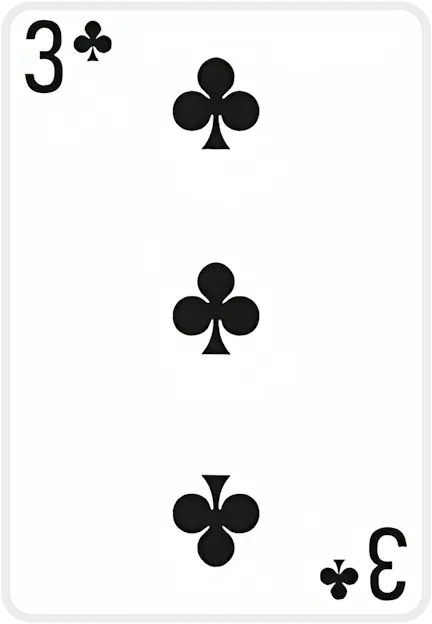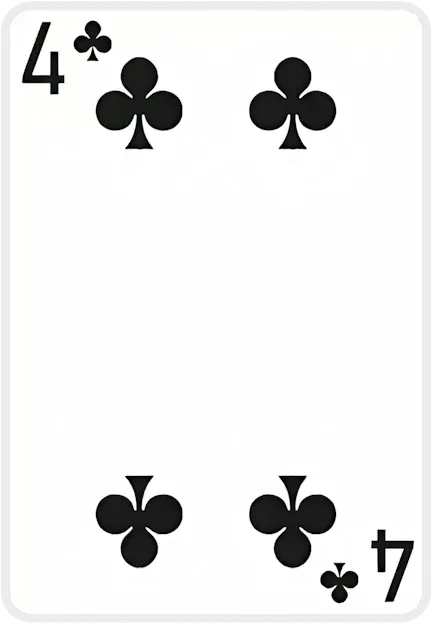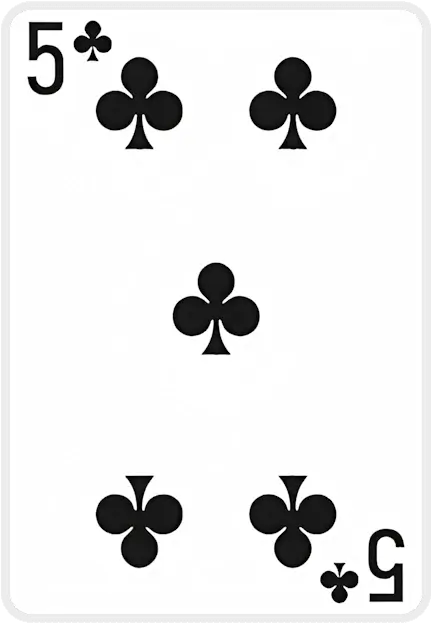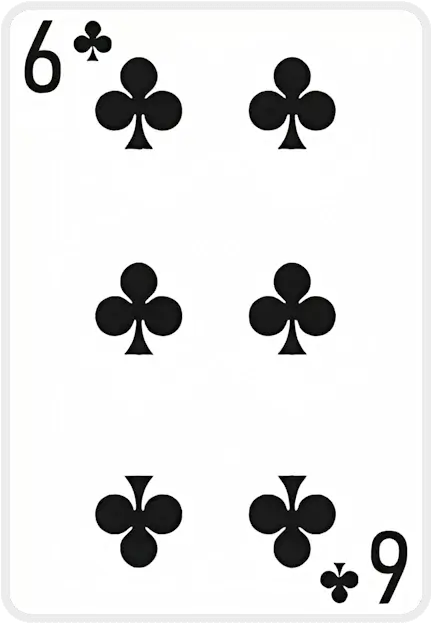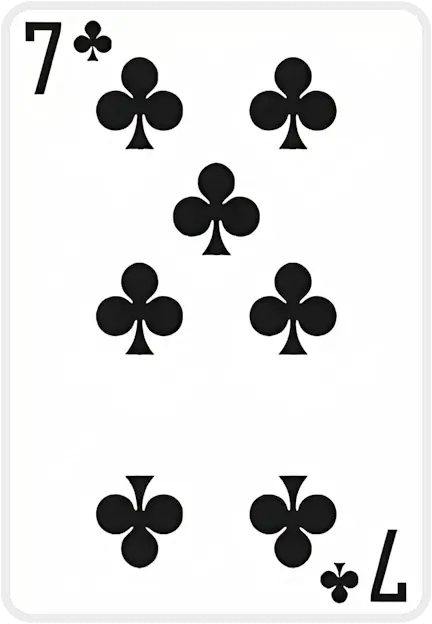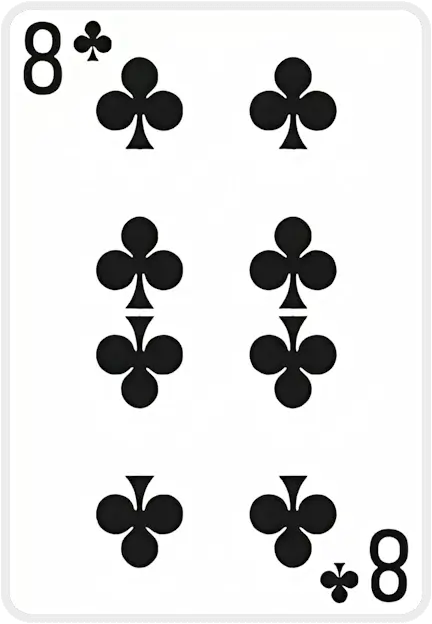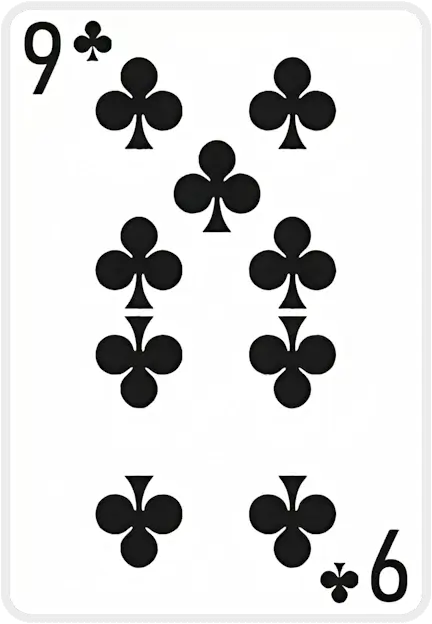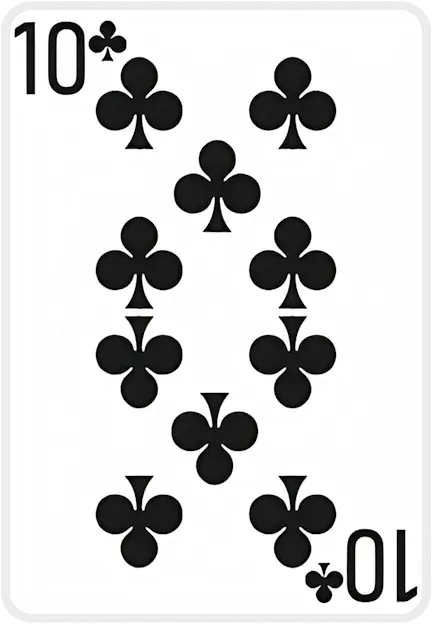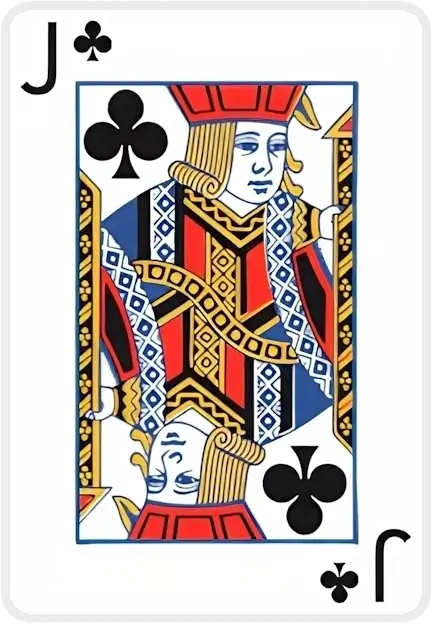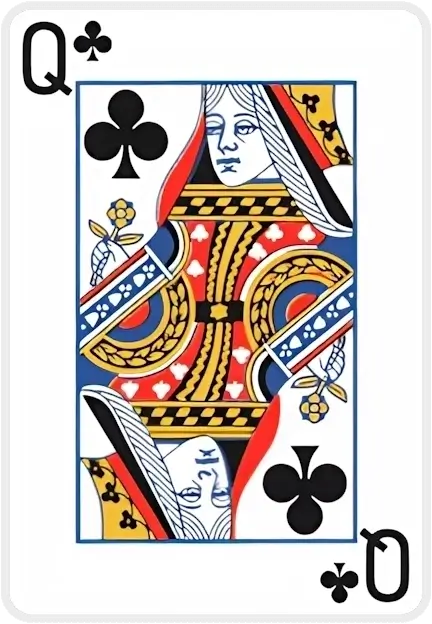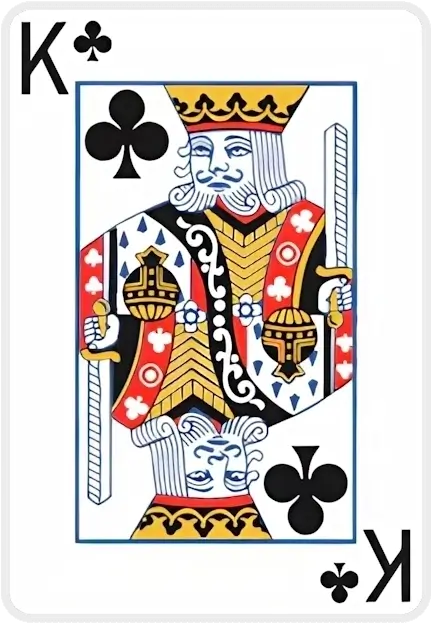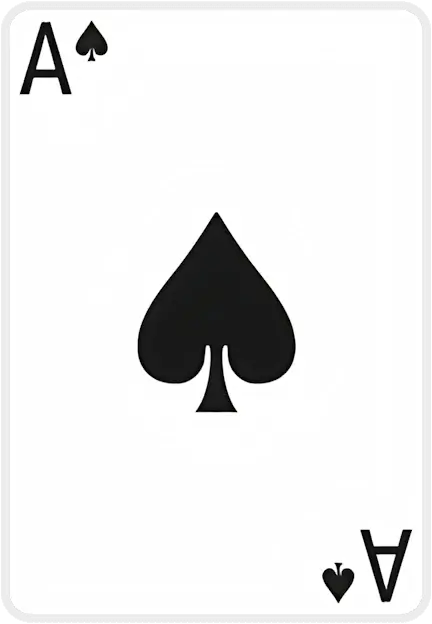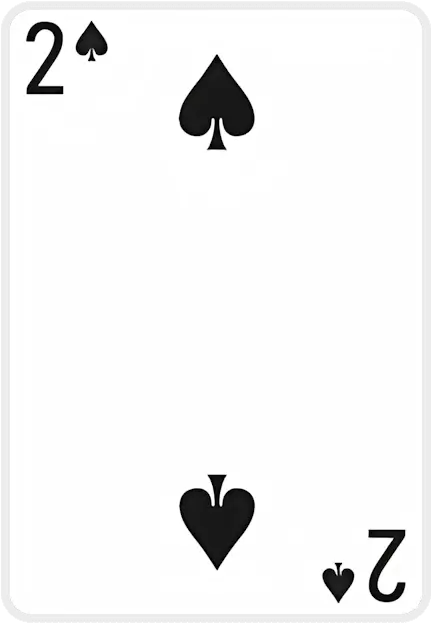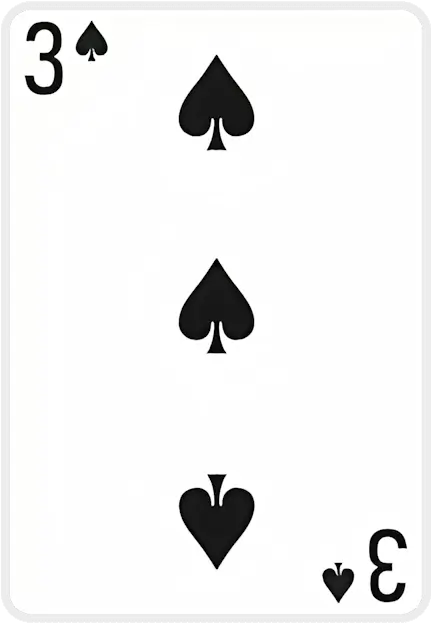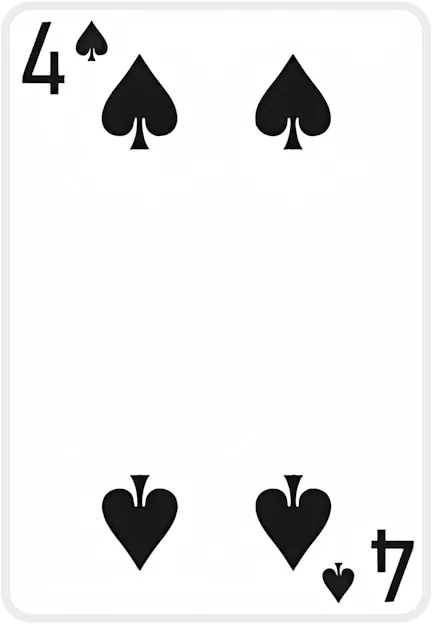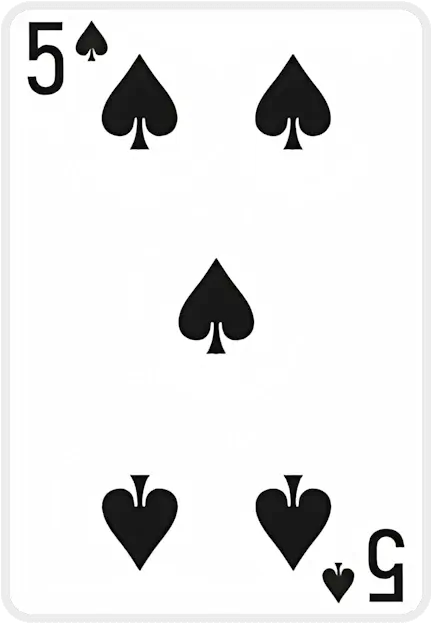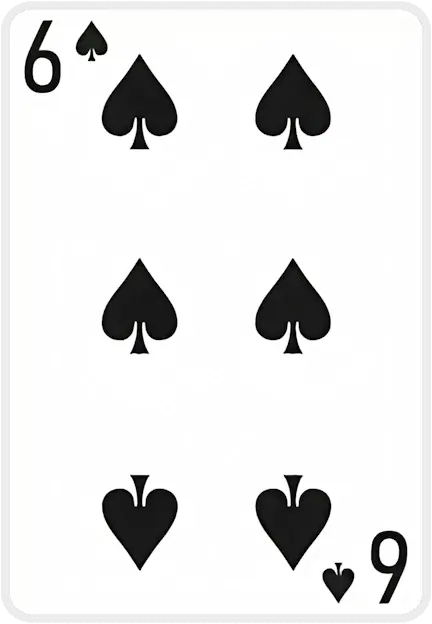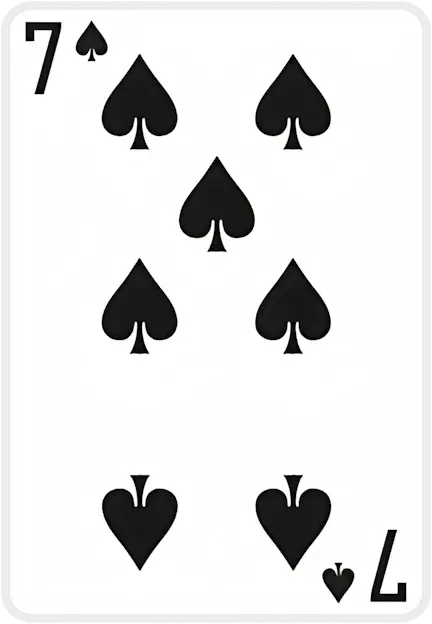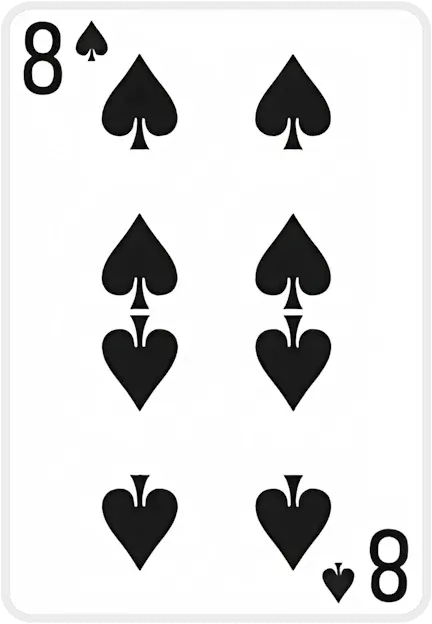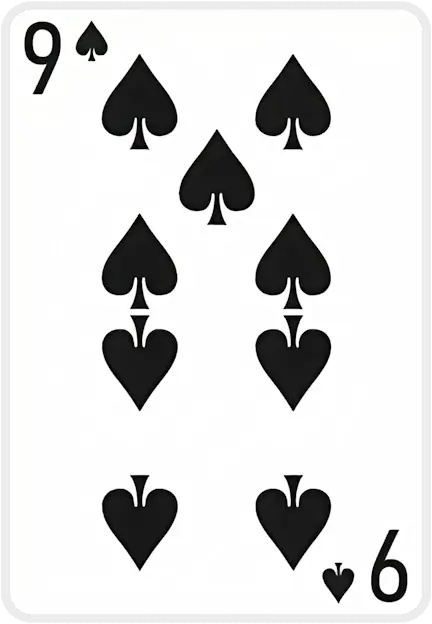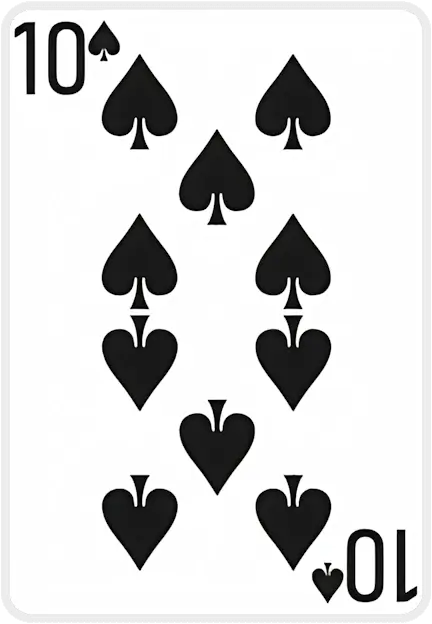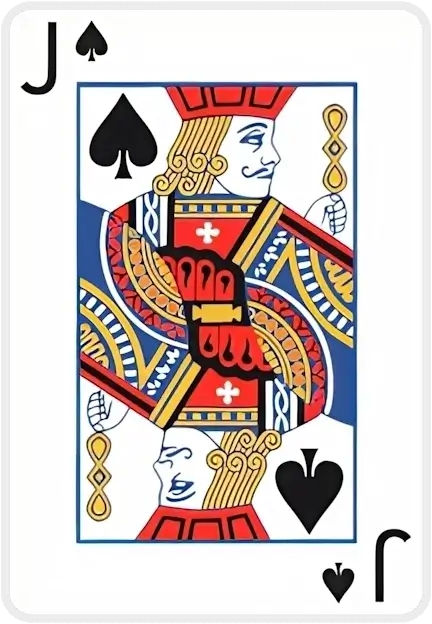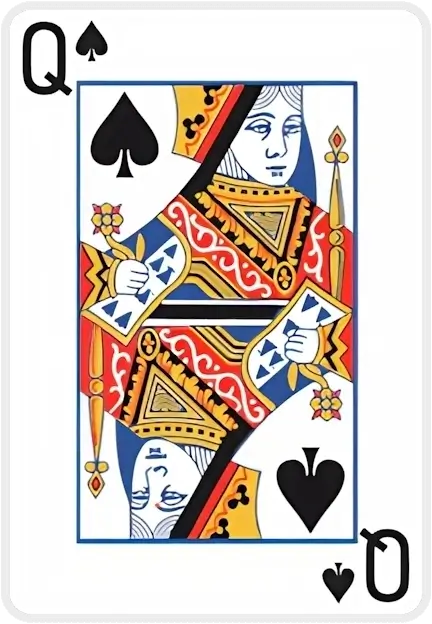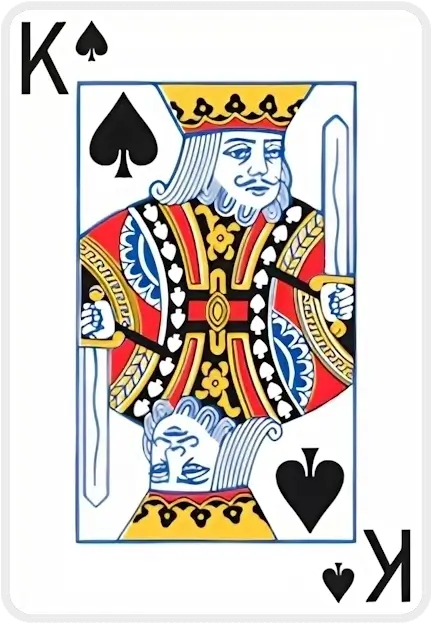Karte kann nicht abgelegt werden, sie muss eine entgegengesetzte Farbe haben
Cannot drop, your card needs to be one rank lower
Cannot move multiple cards to foundation
Card suit doesn't match foundation pile suit
Card can only be dropped on top of a card pile
Cannot deal cards when there are empty tableau piles
You can only move {0} card(s) at a time based on the current free cells and tableau
The cards don't add up to 13 and cannot be moved
The card is inaccessible and move cannot be performed
Cards must be in sequential order (one higher or lower)
Rouge Et Noir Solitaire

Rouge et Noir Solitaire ♠️♥️
🎉 Introduction
Rouge et Noir (French for "Red & Black") is an exciting two-deck solitaire (patience) game that offers a unique twist on classic card solitaire gameplay. If you’re a fan of challenging card games, this variant is sure to pique your interest. What makes Rouge et Noir stand out is that it combines two different building methods in one game – leading to a larger layout and a dynamic playing experience. The game gets its name from the alternating red and black card sequences central to its play, and it’s known for being engaging yet not impossible to win. Get ready to immerse yourself in a solitaire adventure that is both fun and strategic 😃🃏!
🎉 Full Guide on how to play Rouge et Noir Solitaire
If you want to learn more why we created Rouge et Noir Solitaire you can find out here: Why we created Rouge et Noir Solitaire
📋Video Tutorial How to Play
📋 How to Play
-
🎯 Objective: Using two full decks (104 cards), the goal is to move all cards to the eight foundation piles. Four foundations on the left start from Aces and build up in matching color (red on red, black on black) all the way to King. The other four foundations on the right begin empty – they will be filled by complete sequences that you build during play, each sequence running from King down to Ace in alternating red-black order.
-
🔻 Tableau (Working Piles): The game starts with a large tableau of 10 columns (piles). The first column has 8 cards, the second has 7, the third has 6, and so on, until the eighth and ninth columns each have 1 card. The tenth column is dealt empty at the start. Only the top card of each pile is face-up, with any cards below face-down. You build on the tableau columns downward in alternating colors (e.g. a red 7 can be placed on a black 8). You may move single cards or entire groups of cards that are in proper descending sequence to another tableau pile, as long as they continue the alternating color pattern. If a tableau column becomes empty, you can only fill that space with a King or a group of cards headed by a King (this allows you to start a new descending sequence).
-
🂠 Forming Sequences: As you play, try to form full sequences on the tableau that start with a King and descend in alternating color down to Ace. Once you complete a King-to-Ace sequence (13 cards long, alternating red and black), it becomes very powerful – you can immediately move that entire sequence off the tableau to one of the right-side foundation spaces (essentially clearing it from the board). These cleared sequences on the right foundations represent half the victory condition (more on winning below). Strategically, deciding whether to place a card onto the left foundations or to keep it in the tableau to help form a King-down sequence is a key part of the game’s challenge.
-
🔄 Stock & Dealing: Rouge et Noir includes a stock pile (the remaining cards after the initial tableau is set). Whenever you run out of moves with the cards in play, you can tap the stock to deal a fresh round of cards. One card will be dealt onto each tableau pile from the stock, potentially uncovering new moves. Continue playing with the newly dealt cards, building on tableau and moving cards to foundations where possible. Keep in mind there are no re-deals once the stock is exhausted, so use your deals wisely. The game ends when the stock runs out and no more moves are available.
-
🏆 Winning the Game: You win by successfully moving all 104 cards to the foundations. In practice, that means all four left foundations are built up from Ace to King in the correct color, and all four King-to-Ace sequences have been completed and moved to the right foundations. At that point, every card has found its place — either in a foundation pile or in a cleared sequence. A win in Rouge et Noir is deeply satisfying because it requires skillful planning, but with careful play, victory is within reach! 🎉
Initial layout of Rouge et Noir Solitaire: The four left foundations start with Aces (two red, two black) ready to build up in color, while the tableau piles below are built down alternating colors. The right side foundation slots are empty until a full King-to-Ace sequence is formed and moved over. The 10th tableau pile begins empty, and the stock (top left, face-down) deals one card to each pile when you tap it.
📜 History of the Game
Rouge et Noir Solitaire has a somewhat mysterious background compared to classic 19th-century solitaire games. The name “Rouge et Noir” literally means “Red and Black” in French, highlighting the game’s core theme of red-black alternation. Interestingly, an older solitaire game called Red and Black (also nicknamed "Zebra") is sometimes also referred to as "Rouge et Noir," but that is a different game entirely. The version of Rouge et Noir we describe here is a unique variant that emerged later in the evolution of solitaire. It is famous for its large double-deck layout and the engaging balance of luck and skill it offers – wins are possible with good play, but they’re not automatic. This game gained popularity through solitaire collections and enthusiasts because it offers a fresh twist: two styles of building in one puzzle. Many players appreciate how Rouge et Noir feels like a blend of several solitaire traditions, yet it stands on its own as a distinctive challenge. ♣️♦️
In terms of its place among solitaire games, Rouge et Noir can be seen as part of the Forty Thieves family of solitaires (due to using two decks and dealing cards from a stock), but it also borrows ideas from games like Yukon or Klondike with its alternating-color builds. In fact, the requirement to assemble full King-to-Ace sequences is reminiscent of Spider Solitaire’s mechanic of clearing completed runs. This mix of influences means Rouge et Noir has a bit of old-fashioned patience DNA and a bit of modern creativity, making it a beloved variant for solitaire aficionados.
👤 Who Created the Game?
Unlike many anonymous classic solitaires, Rouge et Noir has a known origin: it was invented by Charles Jewell. Charles Jewell is credited with designing this game as a variant of an earlier solitaire called Diavolo. (Diavolo itself is another two-deck solitaire, and Jewell’s Rouge et Noir tweaked its tableau setup and removed the waste pile to create a new experience.) This creative twist gave birth to Rouge et Noir, and it has since appeared in numerous solitaire collections and software. Jewell also invented other solitaire games (for example, a Spider-type game named Mrs. Mop), showing his knack for reimagining card game mechanics. While we don’t have exact dates for when Rouge et Noir was first introduced, it likely came to prominence in the mid-20th century or later, rather than being a centuries-old game. Today, it’s regarded as a modern classic in the solitaire world.
🕹️ Play Rouge et Noir Solitaire Online 🎮
Ready to give this red-and-black challenge a try? You can play Rouge et Noir Solitaire right now on SolitaireX – just visit the game’s page here: Play Rouge et Noir Solitaire and start dealing the cards! No download is needed, and you can enjoy the game directly in your browser. Have fun seeing if you can build all those foundations and sequences to win the game. 😄
If you’re craving even more solitaire fun, be sure to explore SolitaireX’s collection of free solitaire games. There are dozens of different solitaire variants available to play, from well-known classics to unique challenges like Rouge et Noir. Whether you want to try Yukon, Forty Thieves, or any other card puzzles, SolitaireX has you covered. Enjoy your card game adventures and good luck! ♣️♥️
Sources: Rouge et Noir rules and history; Game creation info. Enjoy playing Rouge et Noir on SolitaireX!
Case Studies
All figures below come directly from our database. Using first-party data ensures every insight is evidence-based, up-to-date, and privacy-respectful.
| Game Tier | Stand-out Titles | Win Rate |
|---|---|---|
| Quick Wins | Spider (1 Suit), Hole-in-One, TriPeaks | 70–84% |
| Fair Challenges | Solitaire (Draw 1) – 913 k plays FreeCell, Golf |
45–63% |
| Expert-Level | Spider (4 Suits), Forty Thieves, Double Scorpion | ≤11% |
Curious which moves turn the odds in your favor? Explore all the data & strategies →
What people say about us
Interview with Beverley Walker-Daury
At 87, Beverley Walker-Daury shares how SolitaireX brings joy, companionship, and purpose to her days in a retirement home.
Player Interview: Poul Andersen
Poul Andersen shares how playing SolitaireX helps him keep his brain sharp and active.
Player Interview: Peter Gross
Peter Gross, 81, shares how SolitaireX became his go-to place for relaxing Freecell games and friendly competition.
Player Spotlight: St0Sh0’s Record-Breaking Runs on SolitaireX
We sit down with speed-solitaire sensation St0Sh0 to talk record times, favorite variants, and why SolitaireX is his go-to card-game hub.
Fresh from the SolitaireX Blog

Decks & Destinations: The Solitaire Traveler Series Part 5: Berlin — Strategy & Culture Walks
Berlin’s rhythm of reflection and structure pairs perfectly with Solitaire’s calm logic. This guide invites travelers to explore the city’s culture and canals with a few mindful moves between each stop.

Decks & Destinations: The Solitaire Traveler Series Part 4: Tokyo – Mindful Play in a Fast City
Tokyo’s fast pace hides countless moments of calm — perfect for a mindful round of Solitaire. This traveler’s guide pairs iconic spots with short, focused play sessions to restore clarity on the go.

Decks & Destinations: The Solitaire Traveler Series Part 3: Seattle — The PC-Era Vibe
Seattle’s rain-washed calm pairs perfectly with Solitaire’s quiet focus. This traveler’s guide shows how to blend sightseeing, coffee breaks, and short, finite puzzles into a mindful PC-era rhythm.

Decks & Destinations: The Solitaire Traveler Series Part 2: London – From “Patience” to Presence
London’s slower moments pair perfectly with Solitaire—once known locally as “Patience.” This traveler’s guide blends calm city rhythms with mindful card play to help you recharge between adventures.
Latest guides crafted by Stoyan Shopov and Kalin Nikolov
Golf Solitaire Mastery: Strategy, Stats & Flow
Deal 7 columns of 5 face‑up cards (35 total). The remaining 17 cards*form the stock; flip the first stock card to start the waste. You may move only exposed tableau cards, and only if the rank is exactly one higher or lower than the waste top. Suits don’t matter. When no move exists, flip a new waste card. Clear all tableau cards to win.
TriPeaks Solitaire Mastery: Strategy & Analytics
Two peaks are dust; one stubborn ridge remains. Your waste shows a 9. The tableau flashes 10‑J‑10‑9‑8 like a heartbeat. You nudge the 10, feel the cadence lock in, and—without overthinking—trace a neat descent that crumbles the last peak. That tiny spark of *flow* is why TriPeaks hooks serious players: rhythm, restraint, and the rush of a run that arrives exactly on time.
Pyramid Solitaire Mastery: Strategy, Stats & Joy
Picture the pyramid down to its last stubborn tier: a Queen pinned beneath a ridge, a lone Ace on the waste, and a King begging to be burned for tempo. Heartbeat, breath, click—then the whole structure yields in a rush. If you’ve hit that razor‑edge finale, you already know Pyramid’s secret: small decisions, made in the right order, change everything.
FreeCell Solitaire Mastery: Strategy & Analytics Guide
I have a 15 years personal, lived experience—picture a scene built from thousands of session logs and notes from serious players: It’s late, and the board looks jammed. You clear a single column, free one cell, and suddenly a 9♣‑8♦‑7♣‑6♦ chain glides into place, untying the knot you stared at for ten minutes. The rush isn’t luck—it’s the quiet pleasure of a plan snapping into focus. When did FreeCell last feel less like “killing time” and more like practicing a craft you can actually master?
Media About Us
0


